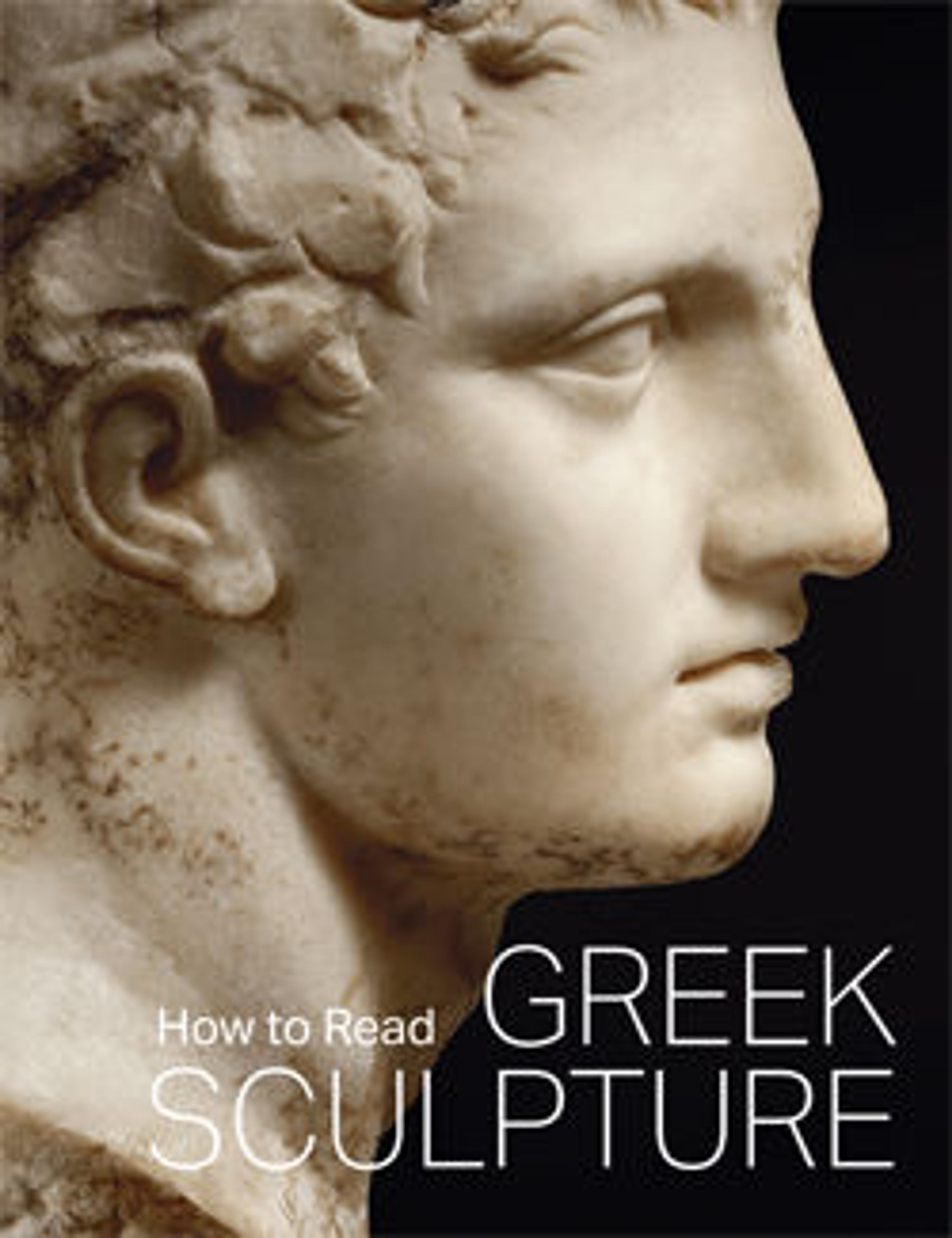Bronze rod tripod stand
The tripod stands on feline-paw feet. Atop the central rod of each leg is a palmette, and above this, on the upper ring, a couchant sphinx. Large horse protomes, which includes the forelegs as well as the head, decorate the upper rim above each of the inverted U-shaped intermediate rods. Below each horse protome is a lotos blossom. The stand would have supported a bronze vessel.
Rod tripod stands have a long history in the eastern Mediterranean region. The earliest examples occurred on Cyprus in the thirteenth century B.C., and the type continued to be produced there and elsewhere in the succeeding centuries. The Cypriot version has a wide distribution: it has been found on Cyprus, Crete, the Cyclades, mainland Greece, Sardinia, and Italy. This stand is an early example of a later, ornate type of Greek manufacturing. Cast in several pieces and then soldered and jointed together, it is a highly accomplished piece of metalwork. A related stand from Metapontom in the Berlin Staatliche Museums is among the few other known complete examples.
Rod tripod stands have a long history in the eastern Mediterranean region. The earliest examples occurred on Cyprus in the thirteenth century B.C., and the type continued to be produced there and elsewhere in the succeeding centuries. The Cypriot version has a wide distribution: it has been found on Cyprus, Crete, the Cyclades, mainland Greece, Sardinia, and Italy. This stand is an early example of a later, ornate type of Greek manufacturing. Cast in several pieces and then soldered and jointed together, it is a highly accomplished piece of metalwork. A related stand from Metapontom in the Berlin Staatliche Museums is among the few other known complete examples.
Artwork Details
- Title: Bronze rod tripod stand
- Period: Archaic
- Date: early 6th century BCE
- Culture: Greek
- Medium: Bronze
- Dimensions: Overall: 29 5/8 x 17 1/2 in. (75.2 x 44.5 cm)
- Classification: Bronzes
- Credit Line: Gift of Mr. and Mrs. Klaus G. Perls, 1997
- Object Number: 1997.145.1
- Curatorial Department: Greek and Roman Art
More Artwork
Research Resources
The Met provides unparalleled resources for research and welcomes an international community of students and scholars. The Met's Open Access API is where creators and researchers can connect to the The Met collection. Open Access data and public domain images are available for unrestricted commercial and noncommercial use without permission or fee.
To request images under copyright and other restrictions, please use this Image Request form.
Feedback
We continue to research and examine historical and cultural context for objects in The Met collection. If you have comments or questions about this object record, please contact us using the form below. The Museum looks forward to receiving your comments.
